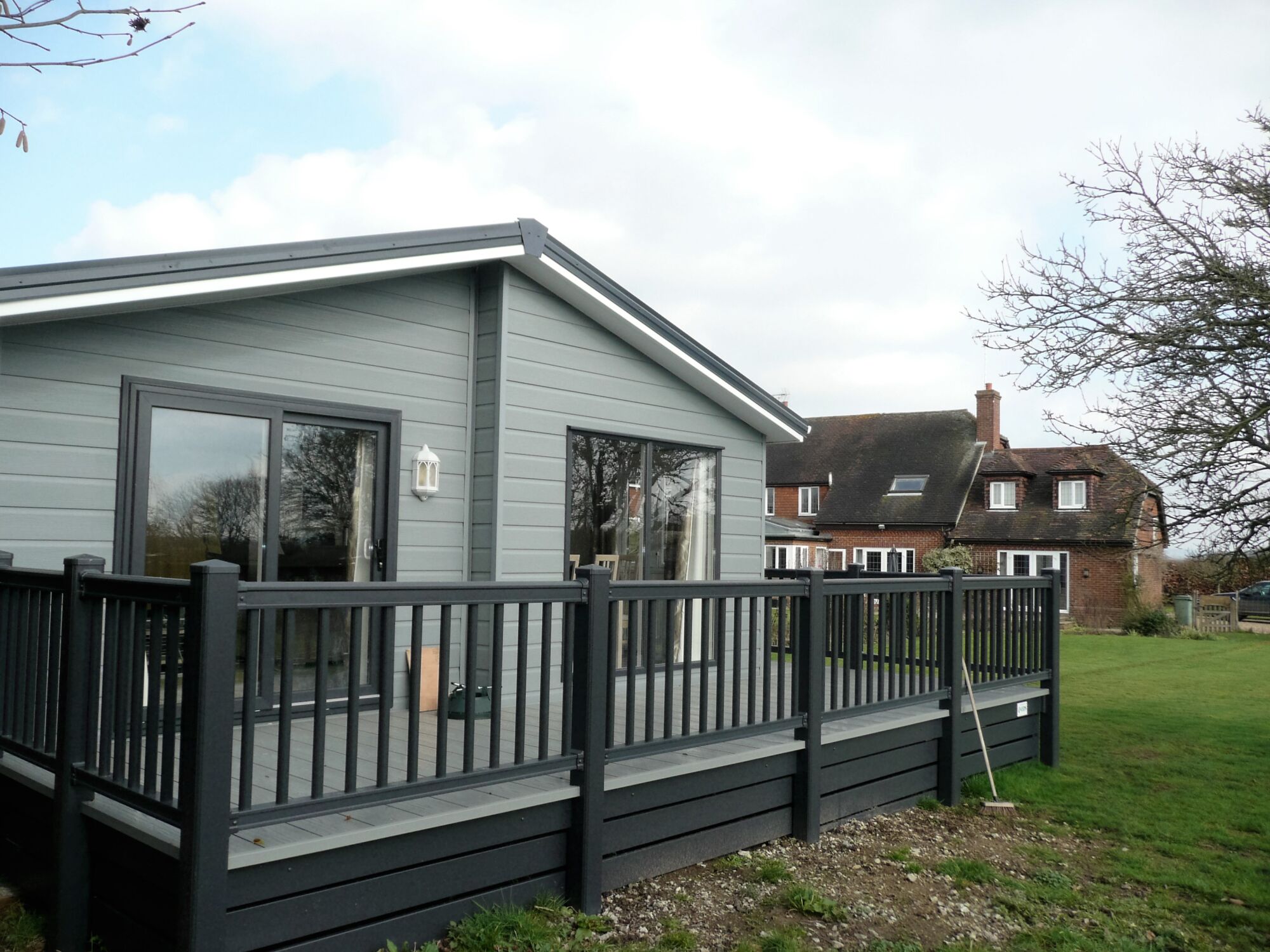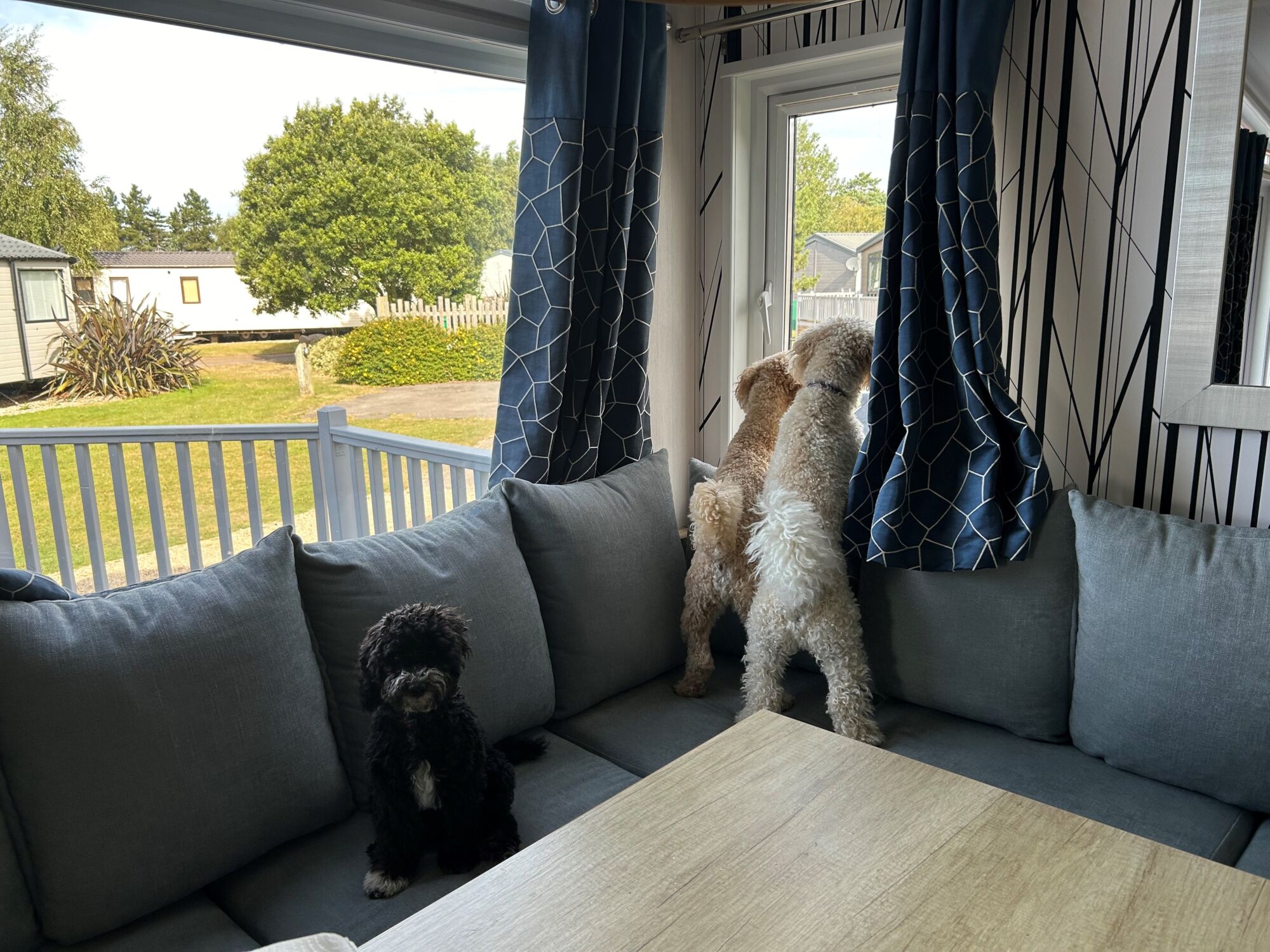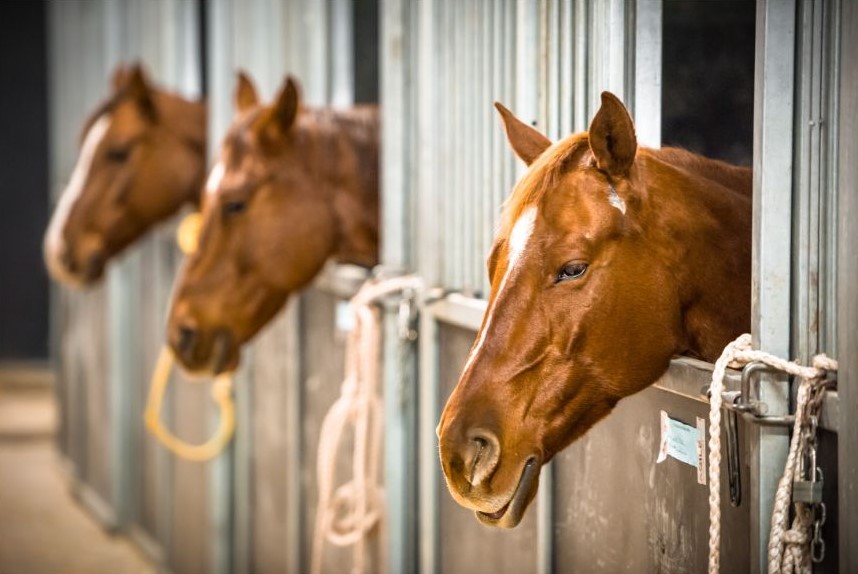If you’re considering buying a caravan, there are two options – touring and static caravans.
In this article, we’ll break down the differences between the two and help you determine which one is the right fit for you.
From design and cost implications to usage and location, we’ll explore all the factors you need to consider in static caravan vs touring caravan.
At The UK Caravan Centre, we stock a wide range of new and used static caravans for sale. Choose from standard caravans and luxury lodges and find the perfect static caravan for your needs.
Definitions of touring and static caravans
When it comes to choosing between a static caravan and a touring caravan, it’s important to understand the definitions of each.
Static caravan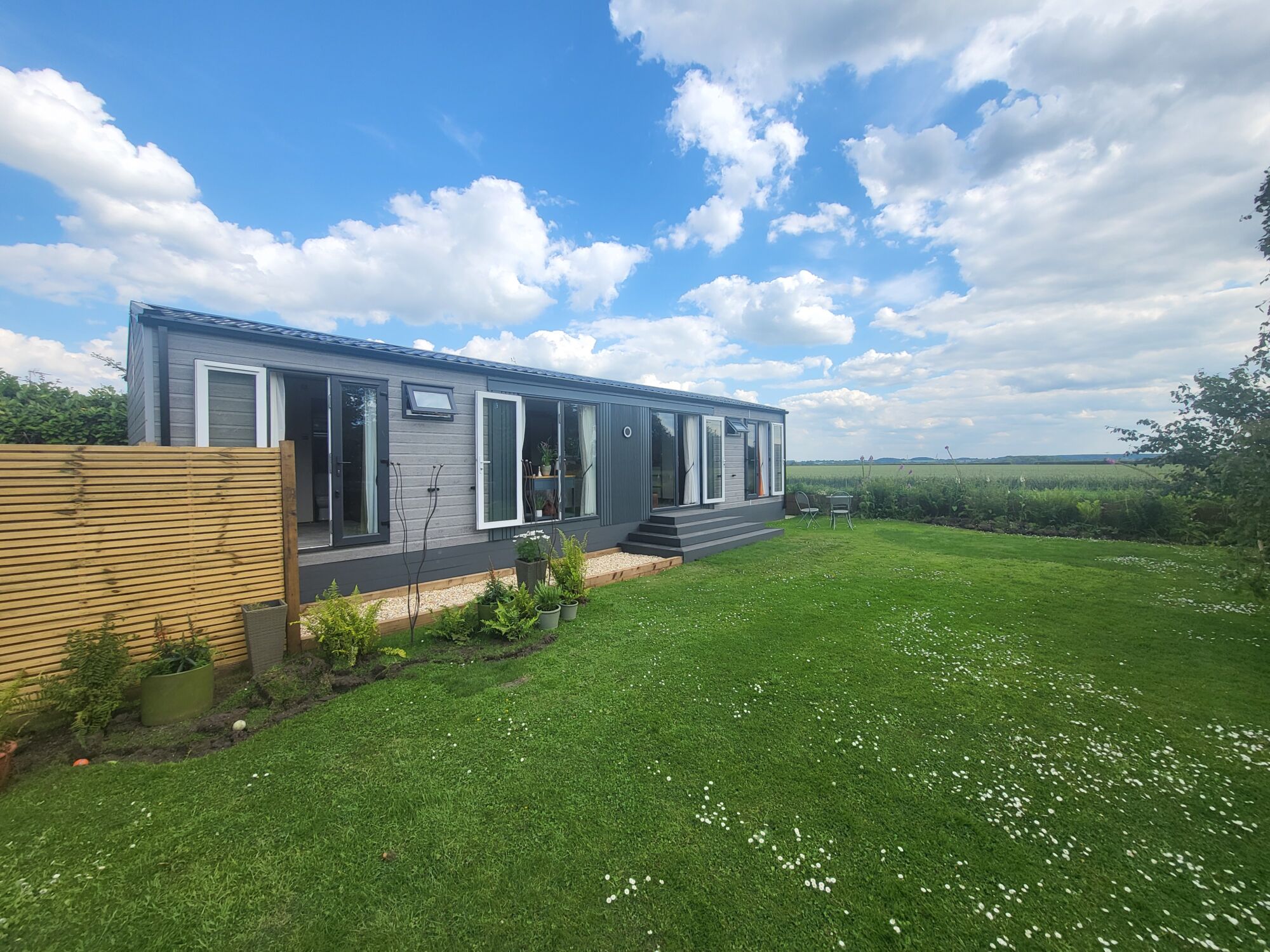
A static caravan is a mobile home that’s designed to be permanently stationed at a specific location, such as a holiday park or campsite. Unlike a touring caravan, which can be hitched to a vehicle and taken on the road, a static caravan provides a more permanent living space.
One of the main advantages of a static caravan is that it offers a sense of stability and continuity. You can decorate and personalise your static caravan to make it feel like a home away from home. Additionally, static caravans are more spacious than touring caravans.
However, it’s important to consider the cons as well. Static caravans require a long-term commitment to a specific location, and you may not have the flexibility to explore different places like you’d with a touring caravan. Overall, the choice between touring and static caravans depends on your preferences and lifestyle.
Touring caravan
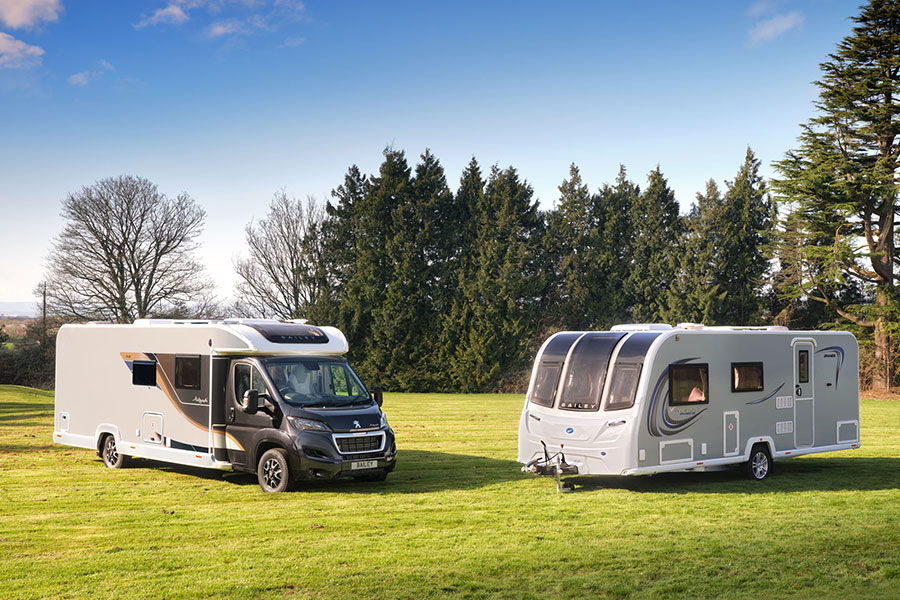
With a touring caravan, you’ve got the freedom to travel and explore different places at your own pace. It’s all about flexibility and adventure. One of the pros of touring is that you can change your location whenever you want. If you’re tired of one place, simply tow the caravan and move on to the next. This allows you to experience new environments and discover hidden gems.
However, there are cons to touring as well. It can be tiring to constantly pack and unpack, especially if you’re travelling frequently. Additionally, touring caravans tend to be smaller and have limited storage space compared to static caravans.
Design & structure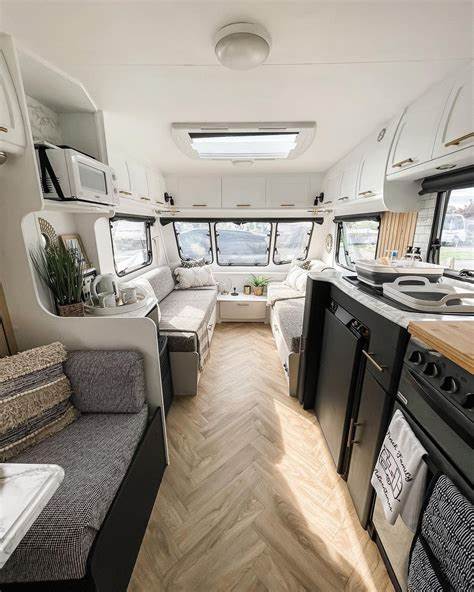
When it comes to deciding between a static caravan and a touring caravan, design and structure play a crucial role.
You’ll want to consider the layout, size, and amenities that each type offers.
The design and structure of the caravan will determine its functionality and comfort, so choose wisely based on your preferences and needs.
Static caravans are equipped with more features
Static caravans are often larger than touring caravans offering more space and amenities. Unlike a touring caravan, a static caravan stays in one place, eliminating the hassle of towing and setting up camp. You can enjoy the comforts of home, with amenities like a fully equipped kitchen, comfortable beds, and a cosy living area. There’s also the ability to add extras such as decking to really maximise your space.
Touring caravans are more flexible
If you enjoy the freedom of travelling and exploring new places, a touring caravan offers a convenient and comfortable way to do so. With a touring caravan, you have the flexibility to tow it to different destinations, allowing you to experience various holiday parks and campsites. However, this means the overall space is much smaller, with foldable components for space optimisation and compact living areas.
Cost implications
When it comes to cost implications, you’ll find that static caravans tend to have a higher upfront cost compared to touring caravans.
However, static caravans often come with additional amenities and larger living spaces, which can make them a more attractive option for longer stays. If you choose to go for a used static caravan, you can typically find a much more affordable model with extra amenities such as double glazing and central heating.
On the other hand, touring caravans offer the flexibility of being able to travel and explore different locations, but you may need to factor in the costs of fuel and campsite fees.
Usage
When it comes to choosing between a static caravan and a touring caravan, the usage is a crucial factor to consider. How you plan to use the caravan will determine which option is right for you.
Whether you prefer a fixed location or the freedom to travel, your usage needs will help guide your decision.
Static caravans make a permanent home away from home
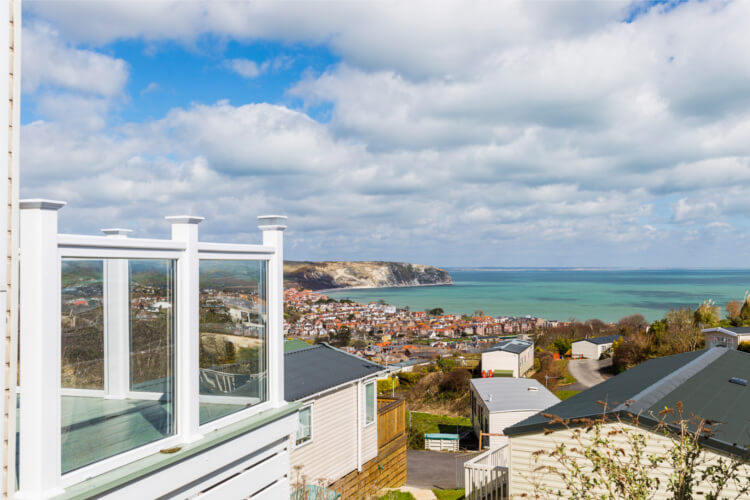
If you’re looking for a more permanent space, a static caravan may be the right choice for you. Static caravans are designed to stay in one location and provide a comfortable and convenient living space.
Unlike touring caravans that are meant for travel, static caravans offer a more stable and settled experience. These caravans come in various sizes and layouts, allowing you to choose the one that suits your needs.
With static caravans, you can enjoy the luxury of having a fully equipped kitchen, spacious living area, bathroom and private bedrooms. Some static caravans even have additional features like decking, allowing you to create an outdoor space to relax and soak in the surroundings.
Touring caravans provide freedom to travel
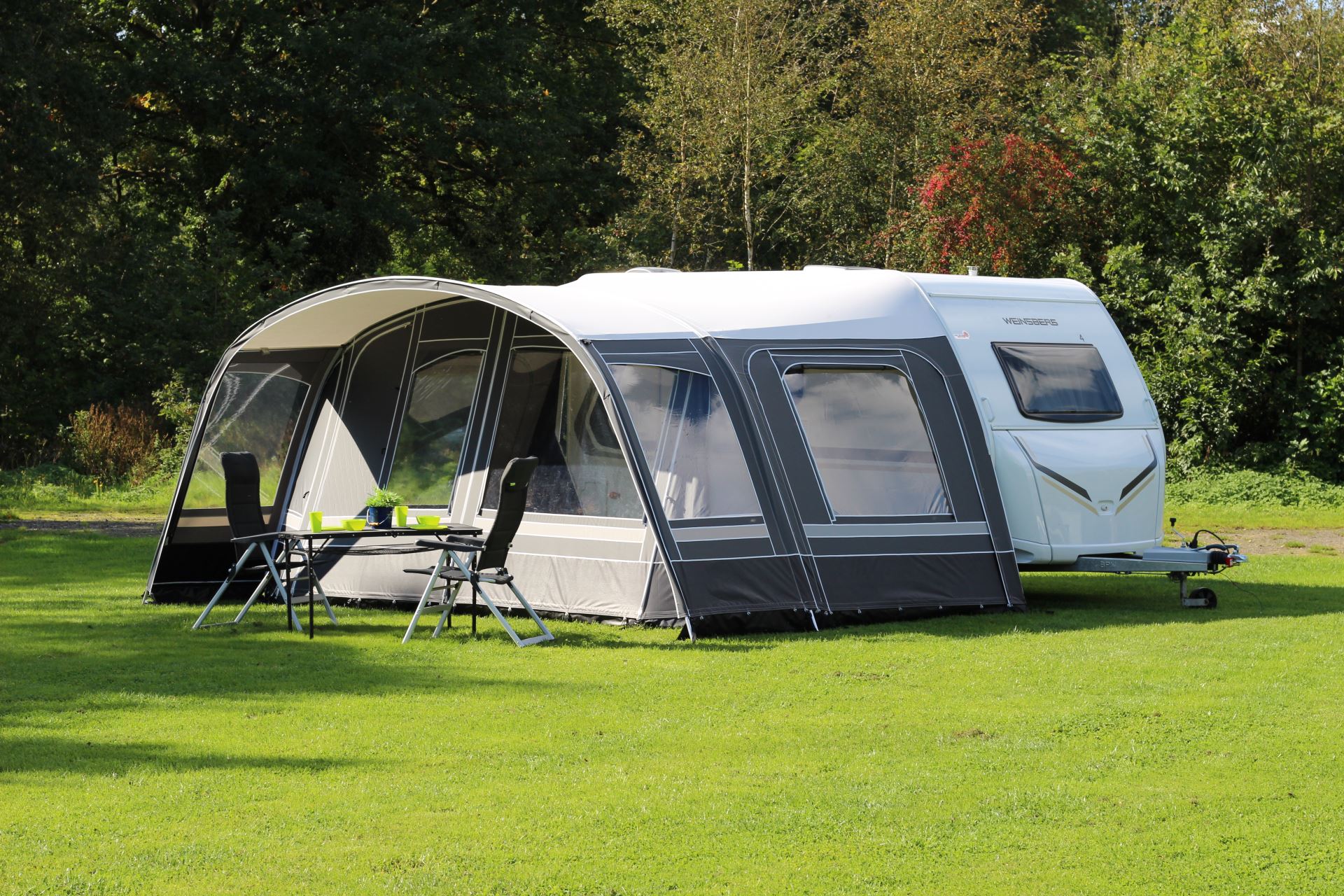
With a touring caravan, you can travel to various destinations and have the freedom to explore different areas. It offers flexibility and convenience for your adventures on the road.
Here are some reasons why a touring caravan might be the right choice for you:
- Freedom to travel: With a touring caravan, you’ve got the freedom to go wherever you please across the UK. You can explore different regions and change your location whenever you want.
- Equipped with everything you need: Touring caravans come fully equipped with everything you need for a comfortable journey. From cosy beds to small, fully-fitted kitchens, you’ll have all the amenities you need while on the move.
Location
When it comes to choosing between a static caravan and a touring caravan, one important factor to consider is location. Depending on where you plan to spend most of your time, you may find that a static caravan offers the convenience of a permanent spot in a specific location, while a touring caravan allows you to explore different destinations and change your scenery whenever you please.
The location you prefer will ultimately determine which type of caravan is right for you.
A static caravan provides you with a permanent location, offering comfort and convenience. Unlike touring caravans that require constant towing and set up at each location, a static caravan is stationary, allowing you to relax and enjoy your surroundings without the hassle.
If you’re looking for flexibility and the freedom to explore different locations, a touring caravan is the perfect choice for your travels. Unlike static caravans, which are permanently located in one spot, touring caravans are designed to be towed behind a vehicle, allowing you to easily move from place to place.
Facilities and utilities
When considering facilities and utilities for your caravan, there are a few key differences between static and touring options.
Static caravans are equipped with everything
Electricity
- Static caravans are connected to the mains electricity supply of the caravan park or private land they are located on. This provides a constant and stable source of power.
- There is no need to worry about running out of power in a static caravan.
Water
- Static caravans have connections to the mains water supply of the caravan park or private land.
- Running water for sinks, showers, toilets etc. is supplied just like in a regular brick and mortar home.
Sewage
- Waste water and sewage are drained directly into the sewage system of the location.
- No need to manually empty any waste tanks or toilet cassettes.
Touring caravans are self-sufficient
Electricity
- Touring caravans need to be completely self-sufficient when it comes to electricity.
- They have leisure batteries and often solar panels to store and generate electricity.
- Power needs to be carefully managed to avoid running out, especially off-grid.
Water
- Touring caravans carry their own water supply in onboard tanks that must be manually filled.
- Water levels need to be monitored and tanks refilled at service stations when needed.
Sewage
- Touring caravans have cassette toilets and waste water tanks that need regular emptying at service areas.
- No connections to external drainage systems. All waste containment is onboard.
Living space
When it comes to living space, it’s important to consider your needs and preferences. In a static caravan, you’ll have a fixed area with separate rooms for sleeping, dining, and relaxing.
On the other hand, with a touring caravan, you’ll have a more compact and versatile living space that can be easily adjusted to suit your changing needs.
Ultimately, the choice between the two depends on how much space you require and whether you prefer a fixed layout or a more flexible setup.
Customisation
When it comes to customisation, you’ve got the freedom to make your caravan truly your own. Whether you choose a static or touring caravan, you can personalise the interior and exterior to reflect your style and preferences.
From choosing the colour scheme to adding unique accessories, customisation allows you to create a space that feels like home wherever you go.
Static caravans can be fully personalised
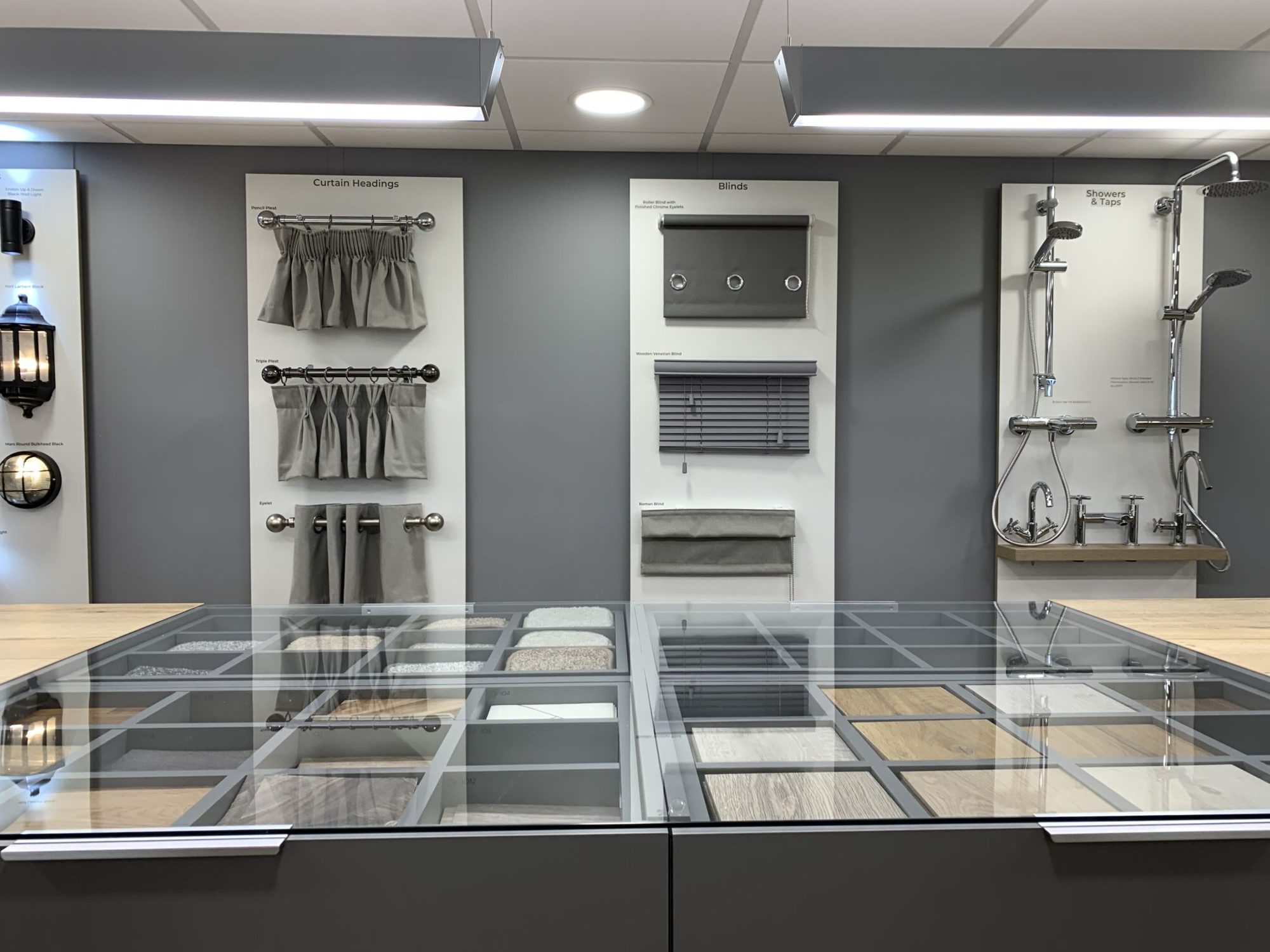
Static caravans allow for much more flexibility when it comes to customisation and personalisation. Since they are secured to a permanent pitch on a caravan park, there is the option to add extensions, porches, conservatories and other modular add-ons. Being situated in one spot allows for creating nice gardens, patios and deck spaces around the static caravan. The area around the caravan can be customised with landscaping features like gardens, flower beds, fences and walking paths since it is a more permanent setup. Inside, the interior of a static caravan can be customised and personalised through paint colours, flooring, fixtures and furnishings just like a regular home.
Touring caravans are limited in customisation options
In contrast, touring caravans have very limited ability for physical customisation given their purpose is mobility and transportability. The exterior shell and overall structure are fixed and additional extensions or structures cannot easily be added on. Since touring caravans are designed to move frequently, there is no option for permanent add-ons. As touring caravans move from site to site, there is little scope for customising the area around them in terms of landscaping and gardens. The space around a touring caravan will constantly change. Inside, there is some ability to personalise with different soft furnishings, but the physical layout and shell remain fixed. Overall, customisation is restricted compared to static caravans.
Ease of use
When it comes to ease of use, both static caravans and touring caravans have their advantages.
With a static caravan, you’ve got the convenience of having everything set up and ready for you when you arrive at the site.
On the other hand, touring caravans offer the flexibility of being able to easily move from one location to another, allowing you to explore different areas and change your scenery whenever you want.
Ultimately, the choice between the two will depend on your personal preferences and how you plan to use your caravan.
Resale & depreciation pros and cons
When it comes to resale value, there are some key differences between static and touring caravans. Static caravans tend to depreciate over time in a similar way to mobile homes. Their resale value declines steadily the longer they are situated on a pitch. Selling a static caravan can also be complex depending on if it’s in a holiday park and the site agreements and ownership status of the pitch itself. If it’s on private land, selling can be much easier.
Touring caravans also depreciate over time but at varying rates depending on the make, model, condition and upkeep. Well-maintained touring caravans tend to hold their value better. There is also a more active secondhand market for touring caravans. They can be sold independently or traded in for a newer model.
Static caravans for sale
Now you know the pros and cons of touring and static caravans, you can make an informed decision about which type works best for you. At The UK Caravan Centre, we stock a range of static caravans for sale. Browse our range of static caravans online and get in touch to book an appointment to view our stock in person.


